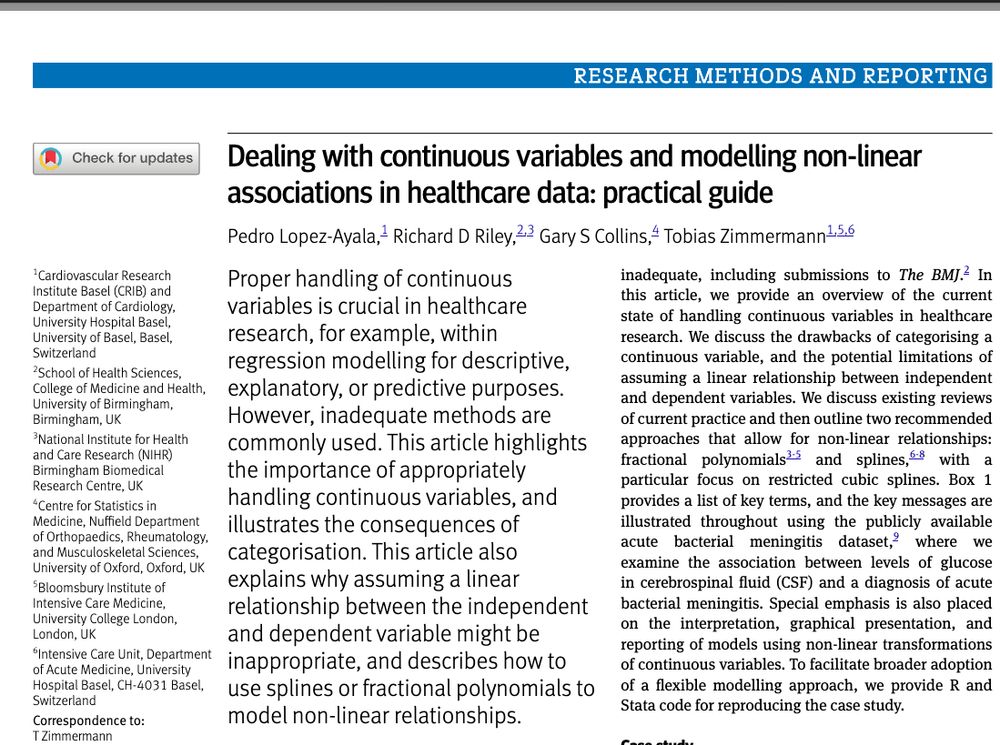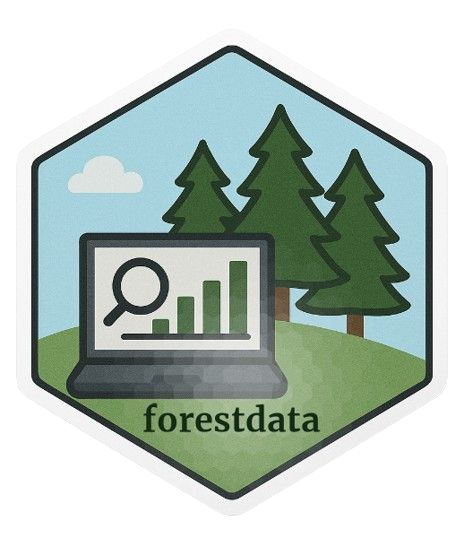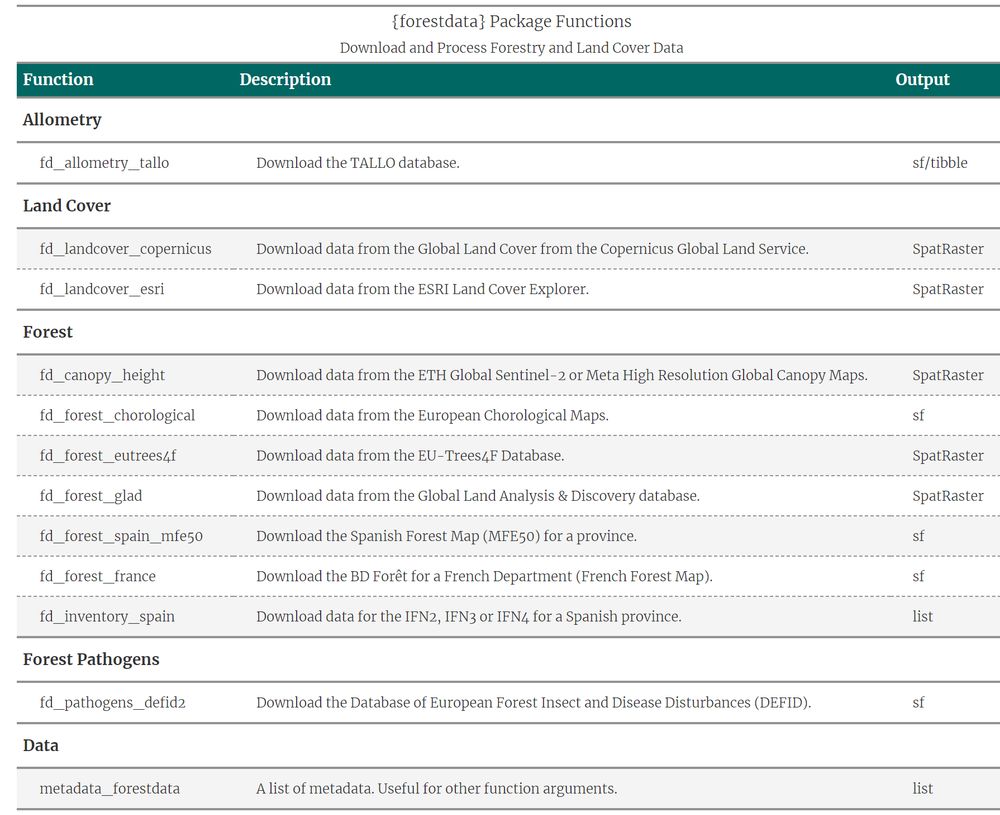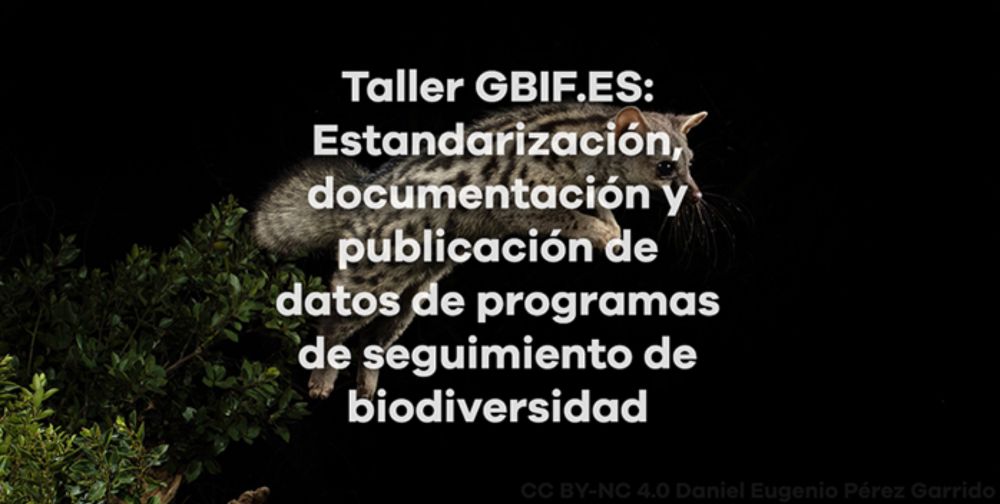Ecoinformática AEET
@ecoinf-aeet.bsky.social
170 followers
22 following
24 posts
Fostering #statistics #DataScience #openscience #programming in #Ecology. Working group of @eco-aeet.bsky.social
#ecoinformatics
Web: https://ecoinfaeet.github.io/
Posts
Media
Videos
Starter Packs
Reposted by Ecoinformática AEET
Reposted by Ecoinformática AEET
Reposted by Ecoinformática AEET
apoorva lal
@apoorvalal.com
· 17d

Making sense of principal component analysis, eigenvectors & eigenvalues
In today's pattern recognition class my professor talked about PCA, eigenvectors and eigenvalues.
I understood the mathematics of it. If I'm asked to find eigenvalues etc. I'll do it correctly li...
stats.stackexchange.com
Reposted by Ecoinformática AEET
Reposted by Ecoinformática AEET
Reposted by Ecoinformática AEET
Reposted by Ecoinformática AEET
Reposted by Ecoinformática AEET
Reposted by Ecoinformática AEET
Florian Hartig
@florianhartig.bsky.social
· Jul 14
Reposted by Ecoinformática AEET
Reposted by Ecoinformática AEET
Reposted by Ecoinformática AEET
Jordan Nafa
@jordannafa.bsky.social
· Jul 15
Reposted by Ecoinformática AEET
Reposted by Ecoinformática AEET
Reposted by Ecoinformática AEET


















